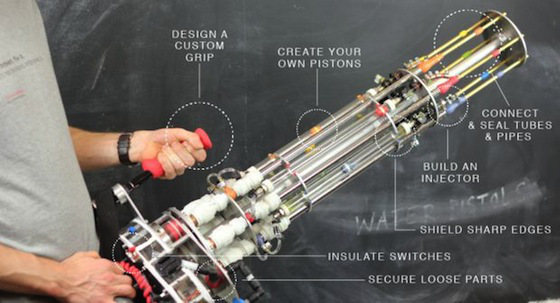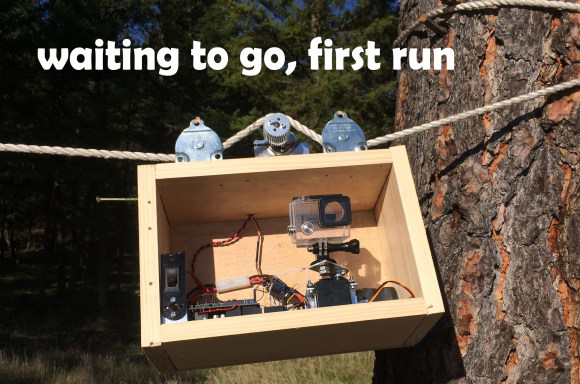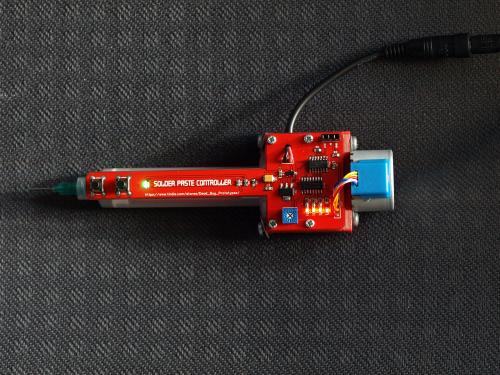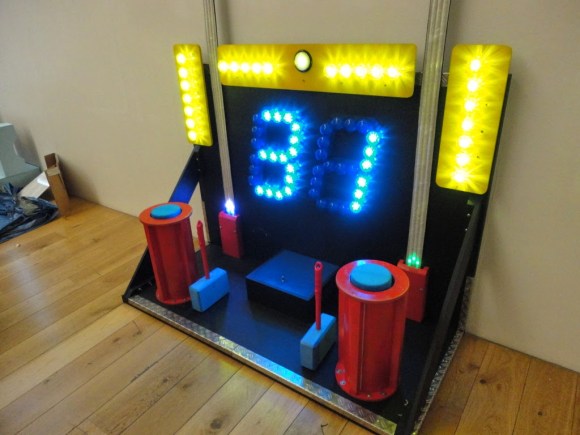A bootloader is typically used to update application code on a microcontroller. It receives the new program from a host, writes it to flash, verifies the program is valid, and resets the microcontroller. Perhaps the most ubiquitous example is the Arduino bootloader which allows you to load code without an AVR programmer.
The bootloader resides in a special part of memory, which is protected. On the AVR, it isn’t possible to write to the bootloader memory from the application code. This is to prevent you from accidentally breaking the bootloader and bricking the device.
However, it can be useful to write to the bootloader memory. The best example would be when you need to update the bootloader itself. To accomplish this, [Julz] found a workaround that defeats the AVR bootloader protection.
The challenge was to find a way to execute the Store Program Memory (spm) instruction, which can only be executed by the bootloader. [Julz] managed to make use of the spm instruction in the existing bootloader by counting cycles and modifying registers at the right time.
Using this technique, which [Julz] calls BootJacker, the Fignition 8 bit computer could have its bootloader updated. However, this technique would likely allow you to modify most bootloaders on AVR devices.



 By now we’ve all seen the ‘Three Fives’ kit from Evil Mad Scientist, a very large clone of the 555 timer built from individual transistors and resistors. You can do a lot more in the analog world with discrete parts, and
By now we’ve all seen the ‘Three Fives’ kit from Evil Mad Scientist, a very large clone of the 555 timer built from individual transistors and resistors. You can do a lot more in the analog world with discrete parts, and  [David Schwarz] whipped up this
[David Schwarz] whipped up this  David] built and tested his rig over a weekend. On Monday morning, he gave the rig its first run. The video came out pretty good, but he knew he could get a better shot. That’s when Murphy struck. The motor and controller on his rig decided to give up the ghost. With the contest deadline less than 24 hours away, [David] burned the midnight oil and replaced his motor and controller.
David] built and tested his rig over a weekend. On Monday morning, he gave the rig its first run. The video came out pretty good, but he knew he could get a better shot. That’s when Murphy struck. The motor and controller on his rig decided to give up the ghost. With the contest deadline less than 24 hours away, [David] burned the midnight oil and replaced his motor and controller.










